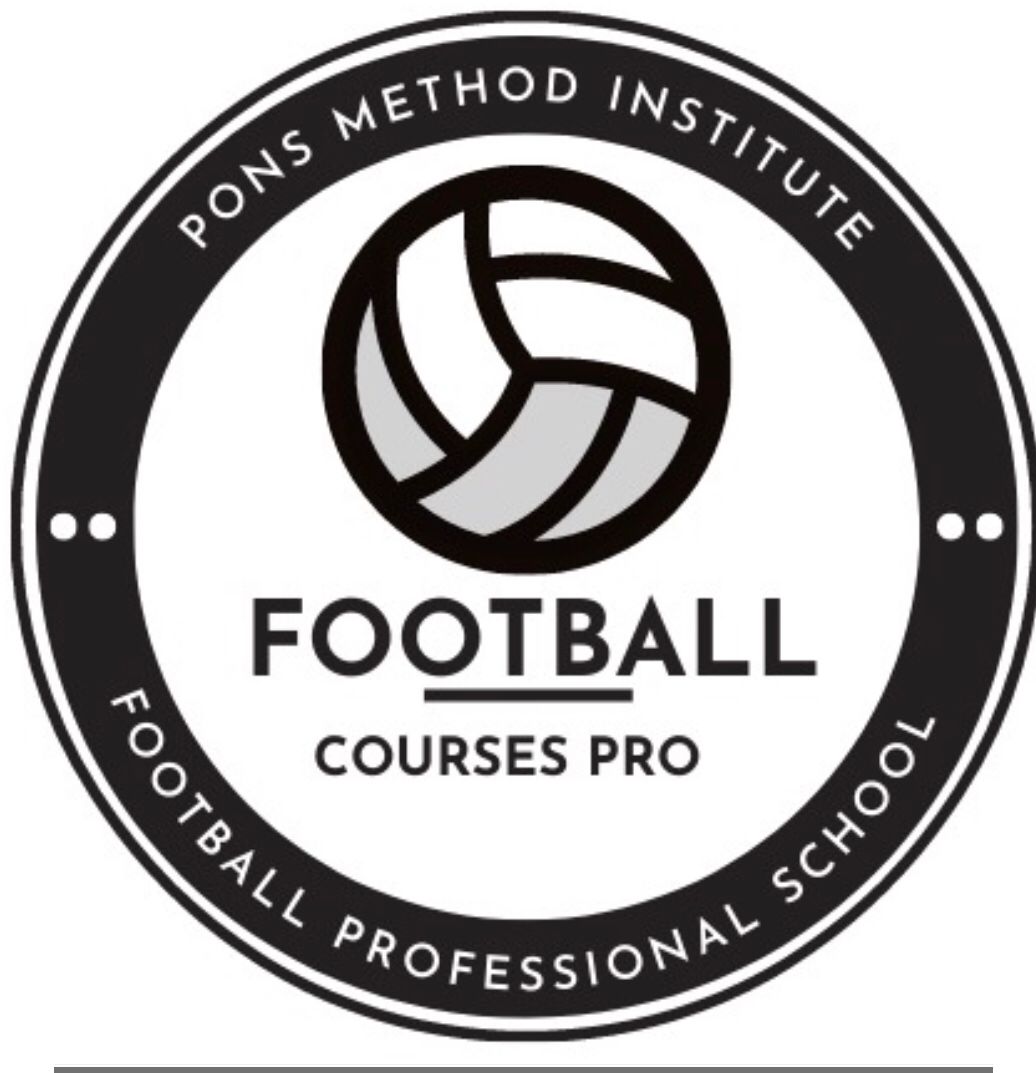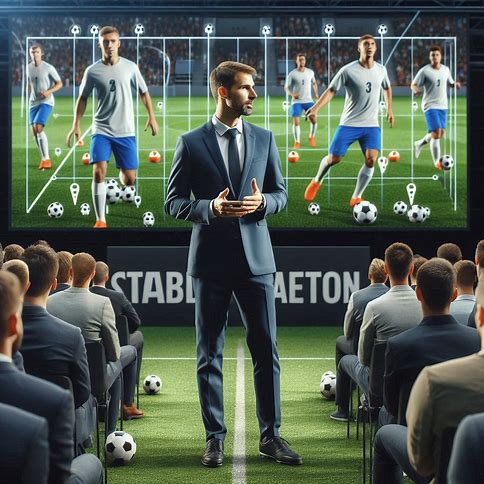One of the biggest challenges for coaches is helping players compete with greater freedom and creativity under a constant sense of pressure.
The Pons Method offers a structured and effective approach to meeting this challenge, ensuring that players not only adapt to stress, but thrive in it, maintaining their creativity and ability to make critical decisions.
Below, we will explore how the principles of the Pons Method align with this need and why it is a superior approach compared to traditional methodologies.
Building Freedom Under Pressure: The Power of Fragmentation and Collective Individualization
Training Fragmentation: Dealing with Pressure Step by Step
Training fragmentation allows the game to be broken down into specific phases, such as offensive and defensive organization and transitions.
This is crucial to helping players deal with pressure in a more controlled and progressive manner. In specific sessions that recreate high-pressure scenarios, players learn to manage stress in a step-by-step manner, gaining a sense of mastery over each phase of the game.
This structured approach to breaking down complex situations into manageable tasks results in progressive learning. Players can experience high-pressure moments with a clear focus and without feeling overwhelmed, strengthening their decision-making ability and freedom to act.
Collective Individualisation: Adaptation and Creativity in High-Pressure Contexts
The Pons Method places a strong emphasis on collective individualisation, ensuring that each player develops specific, personalised skills, but always within the tactical context of the collective.
This means that each player receives training tailored to their position and tactical role, providing them with the confidence to make creative decisions even in high-pressure situations.
This approach not only improves individual performance, but also fosters tactical team cohesion.
Players know that their individual contributions fit within a wider system, allowing them to maintain creative freedom without sacrificing tactical structure.
Automating Patterns to Manage Stress
One of the key elements of the Pons Method is the Offensive and Defensive Automation Subprinciple.
Through repetition and structured practice, players develop automatic patterns that allow them to react quickly and effectively under pressure.
This reduces cognitive load at critical moments, making it easier for players to maintain their creativity and tactical flexibility.
In high-pressure situations, having well-defined automatic patterns provides players with a clear “mental map.” This gives them the confidence to explore creative solutions without second-guessing their decisions, allowing for greater freedom of action.
Integrating Neuroscience for Emotional Control and Decision Making
The Pons Method incorporates principles from neuroscience to enhance players’ ability to handle pressure effectively.
Using techniques such as mirror neuron stimulation and scenario visualization, players are trained to anticipate and react to game situations in real time.
This allows them to maintain an external focus of attention, constantly scanning the environment and looking for cues, as suggested in the approach of maintaining “external attention” during high-pressure activities. Emotional connection and empathy also play an important role in this process.
By understanding and responding to the game environment through a positional empathy approach and synchronization of the pace of play, players develop the ability to handle pressure more intuitively and collaboratively. Gamification and Stress Management in Competitive Contexts
The Pons Method uses gamification elements to maintain high levels of engagement and encourage a positive approach towards high-pressure situations.
The introduction of competitive challenges and progressive rewards helps players adapt to pressure contexts gradually, transforming anxiety into a motivation to perform better.
Why the Pons Method is Superior for Managing Pressure and Fostering Creative Freedom?
Comprehensive and Adaptive Structure: The Pons Method is not rigid; it adapts training to individual needs within a collective framework, ensuring that each player feels safe and free to perform under pressure.
Focus on Emotional and Mental Development: By integrating emotional control and regulation techniques through tools such as applied neuroscience, the method helps players thrive under stress.Use of Technology and Simulations: Data analysis, simulations and the use of technological tools ensure that players are physically, mentally and emotionally prepared to face any challenge.
Conclusion: Transforming Pressure into Creativity and MasteryThe Pons Method not only prepares players to compete, but transforms them into resilient and creative individuals who thrive under pressure. The combination of training fragmentation, collective individualization and neuroscience principles turns stress into an opportunity to excel and maximize individual and collective performance. This holistic and scientifically based approach is undoubtedly a path to training excellence and success on the playing field.

